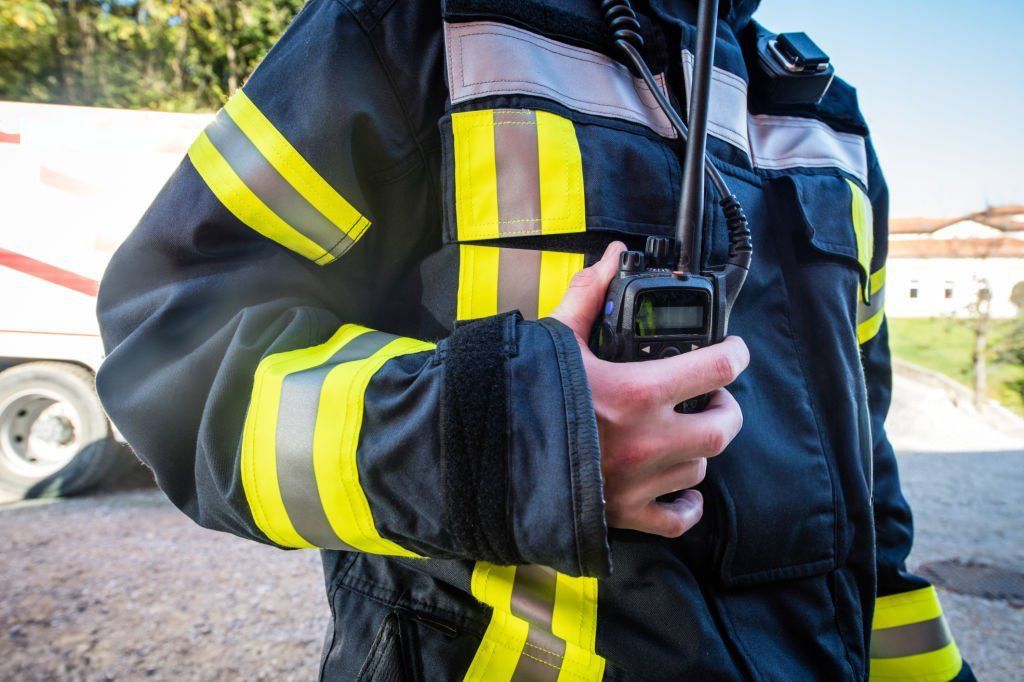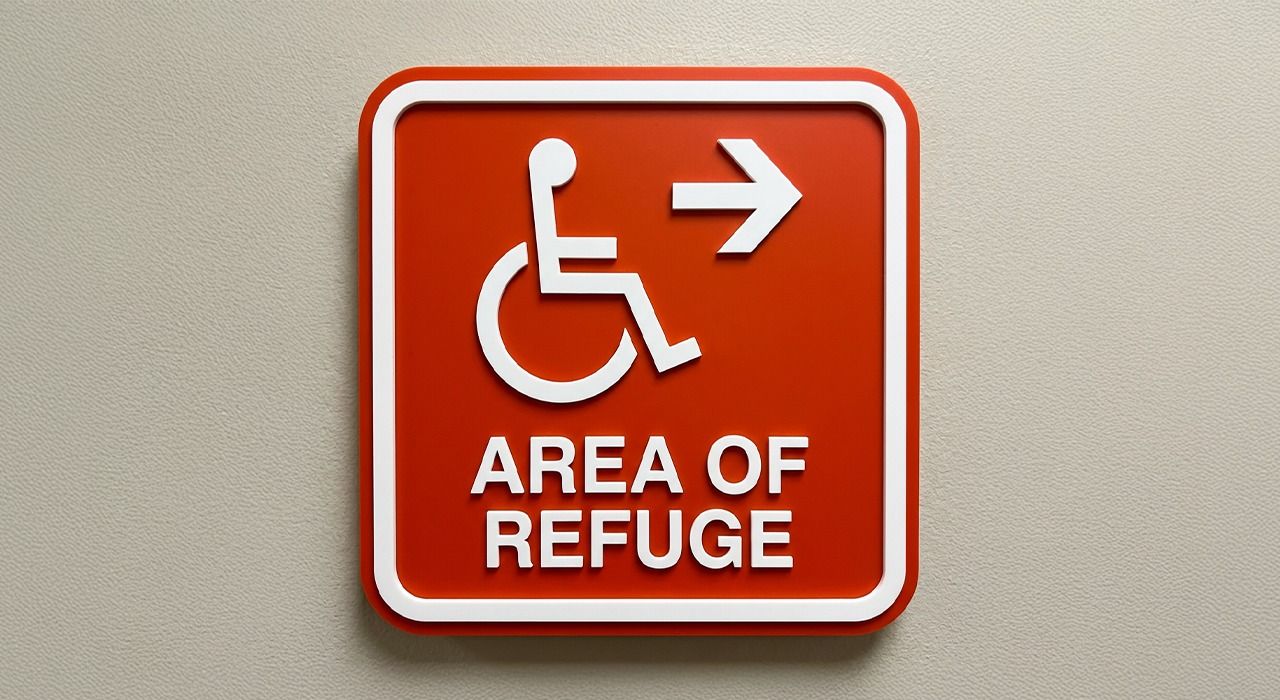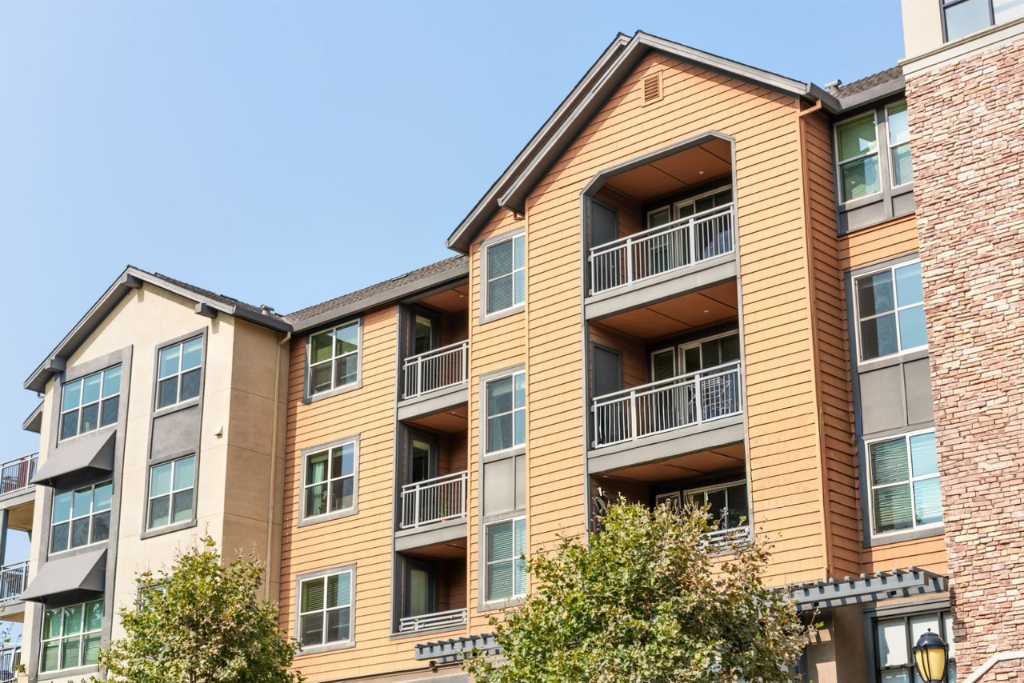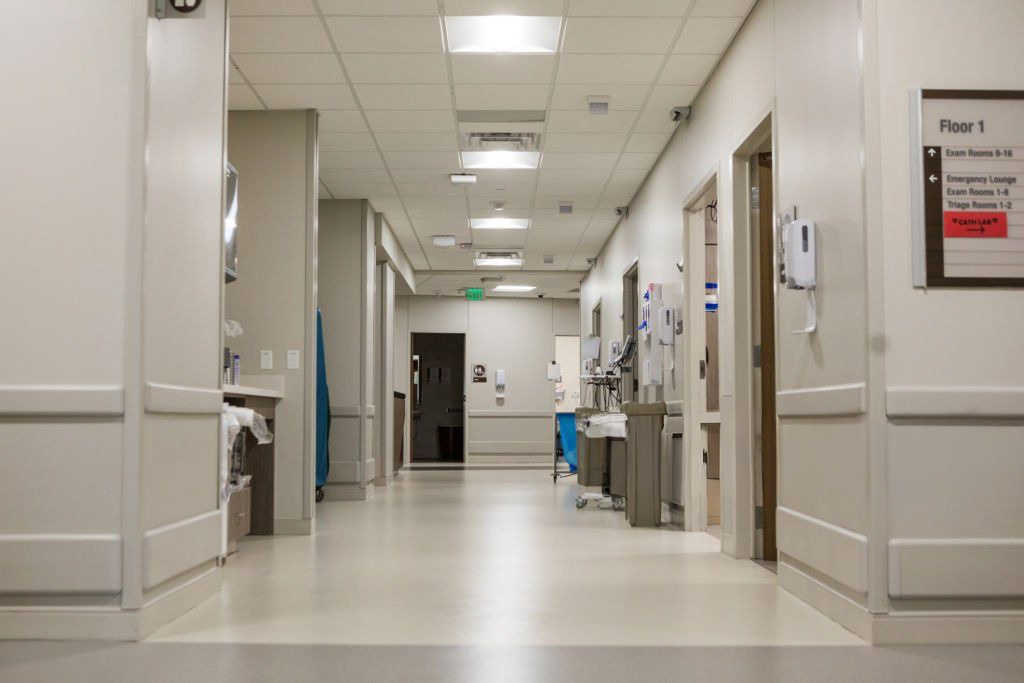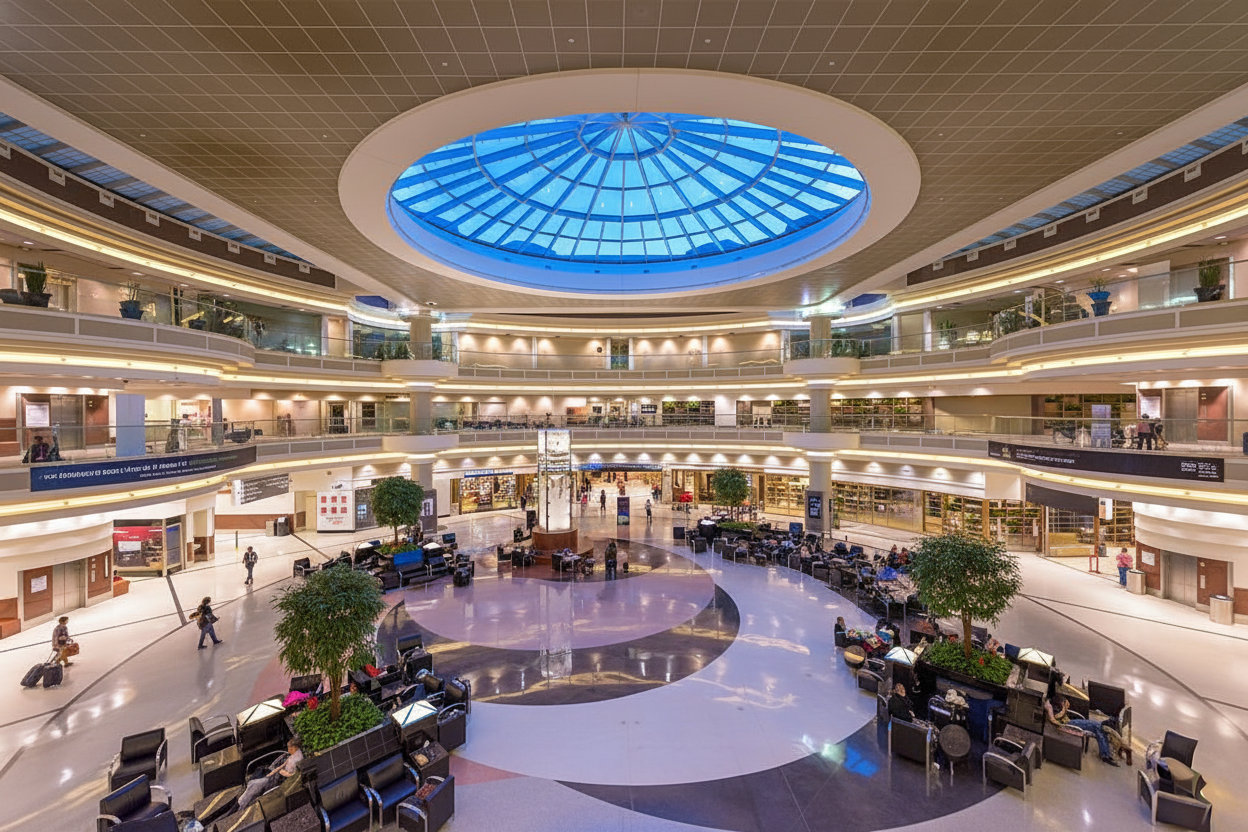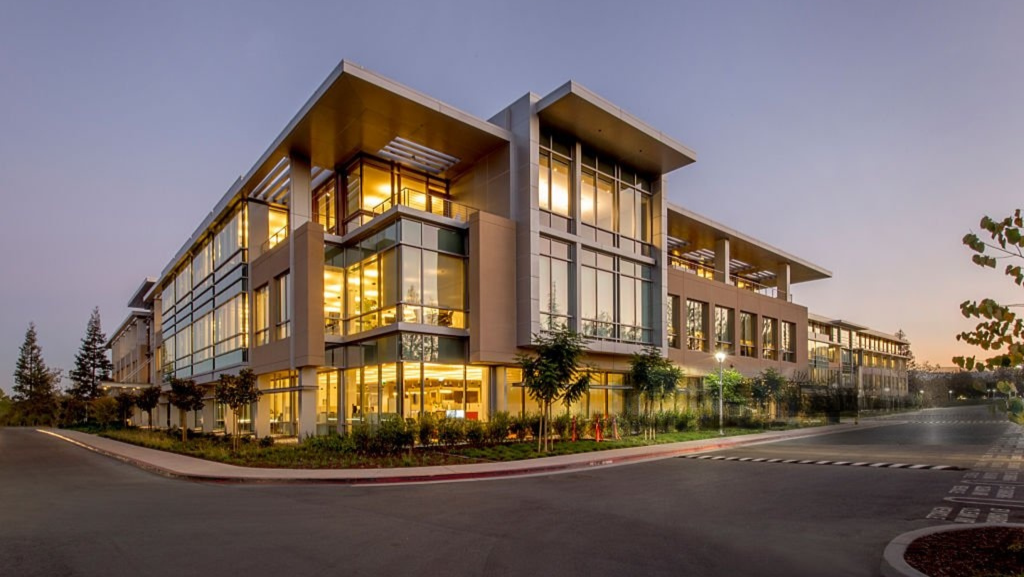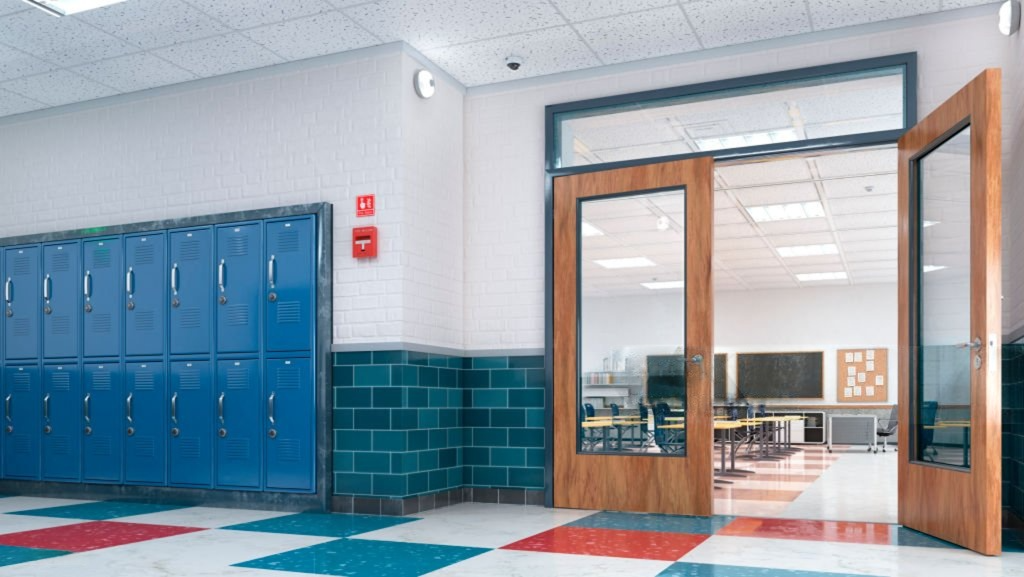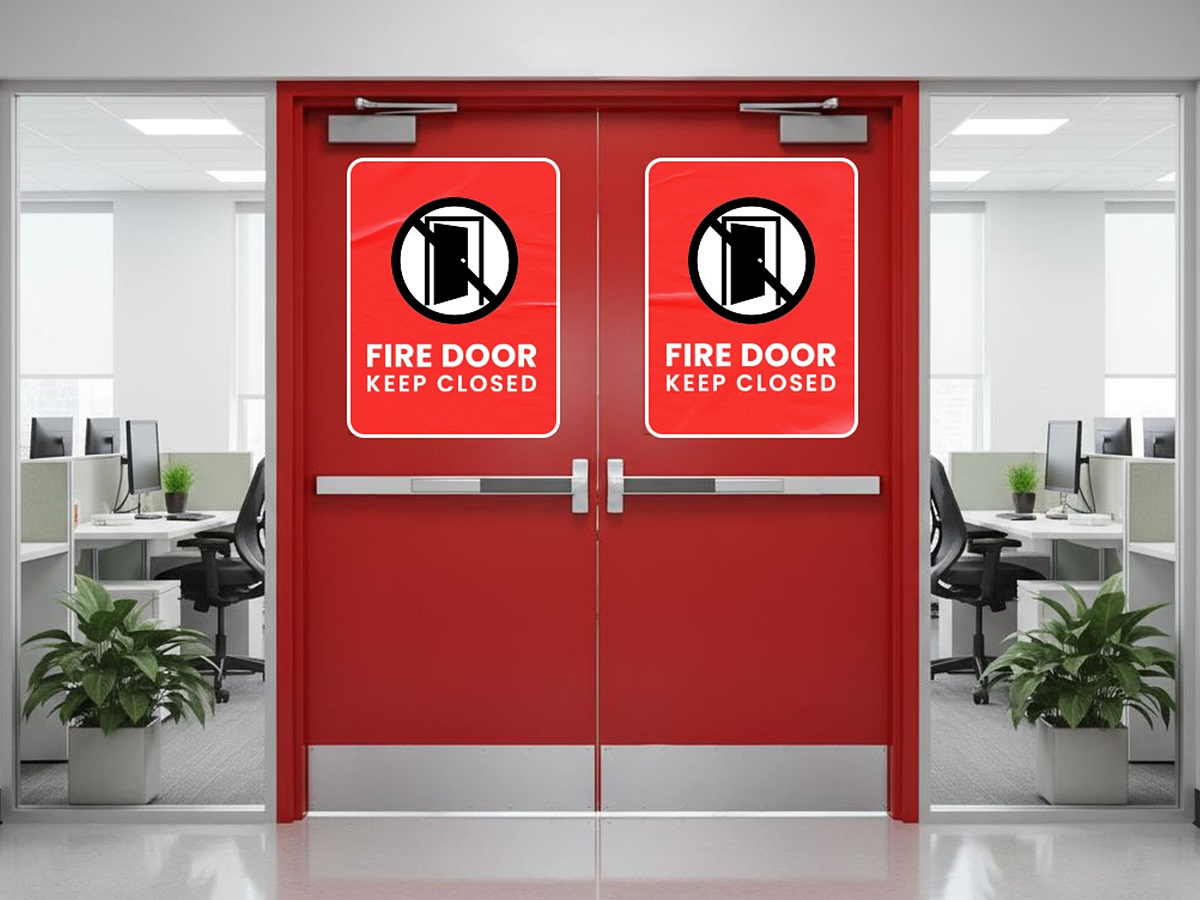Restaurant Fire Safety: Simplified Guide for Commercial Kitchens
1. Why Kitchens Catch Fire
Commercial kitchens face several fire‐triggering factors beyond just hot oil. High heat, complex equipment, and human error all contribute to risk. Understanding the breakdown of common causes helps property managers and compliance officers target prevention efforts.
| Cause Category | % of Kitchen Fires | Description |
|---|---|---|
| Cooking Equipment (oil & fats) | 63.5% | Overheated oils, unattended cooking, and splatter contacting open flames |
| Heating Equipment | 7.4% | HVAC units, steam tables, broilers igniting nearby combustibles or heating grease deposits |
| Appliance Failures & Heat Sources | 7% | Malfunctioning ovens, grills, fryers, steam kettles, and other hot surfaces |
| Electrical Malfunctions | 6.4% | Faulty wiring, overloaded circuits, damaged cords, mis-installed appliances |
| Unintentional/Careless Acts | 4% | Staff distractions, improper equipment use, spills or rags left near heat sources |
| Minor Categories | <3% each | Smoking materials, arson, chemical reactions, packaging, and grease-laden vapors in ducts |
2. Must-Have Equipment
Must-Have Equipment introduces the essential tools designed to detect, suppress, and control kitchen fires before they escalate. These devices work together to provide reliable, rapid protection in high-heat, oil-laden environments.
| Item | Why It Matters |
|---|---|
| UL 300 System | Built for oil fires with automatic detection, wet-chemical agents, and fuel shut-offs. |
| Class K Extinguisher | Portable backup; creates a foam barrier to stop grease fires from reigniting. |
| Heat Cables & Sensors | Monitors hood temperature continuously to catch fires before they grow |
| Manual Pull Station | “Stop” lever under hood for instant system activation. |
Having UL 300 systems and Class K extinguishers in place is only half the battle—professional setup and testing complete the picture.
📞 Call 866-757-8378 or
Book Your Appointment
3. Simple Maintenance Routine: Regulatory Requirements
Commercial kitchens must follow prescribed maintenance intervals under NFPA 96 and local fire codes. These intervals prevent grease buildup and ensure system readiness.
| Interval | Requirement |
|---|---|
| Monthly | Clean hoods and grease removal devices for solid-fuel cooking operations. |
| Quarterly | Clean hoods and grease removal devices for high-volume cooking operations. |
| Semi-Annually | Clean hoods and grease removal devices for moderate-volume cooking operations. |
| Annually | Clean hoods and grease removal devices for low-volume cooking operations; inspect ductwork, fans, plenums. |
All intervals reference the same NFPA 96 standard:
In California, CFC 904.13 also requires UL 300 wet-chemical systems to be inspected and tested every six months by a licensed technician:
And CFC 904.13.5.2 mandates six-month service intervals for extinguishing systems:
4. Staff Rules
- See smoke? Pull the lever.
- Hear the alarm? Step outside.
- Don’t fight big flames yourself.
- Always call for help first.
5. Southern California Compliance
Southern California Compliance introduces the specific state and local regulations that commercial kitchens in Southern California must follow. These rules—stricter than national standards—ensure systems are approved, permits are current, and inspection records meet both California Fire Code and local fire-department requirements.
| Requirement | Details |
|---|---|
| California Fire Code | Stricter than NFPA; requires local fire department approval (CFC 904.13 and 904.13.5.2) |
| Permits & Records | Maintain current fire-dept permits and detailed inspection logs on-site. |
| Local Ordinances | Cities may impose additional wildfire buffer zones, equipment clearances, or inspection frequencies beyond state code—for example, LAC requires six-month UL 300 service. |
Adhering to local codes prevents fines and keeps your kitchen operational.
6. Insurance Premium Benefits of UL 300 Compliance
Many insurers require UL 300–compliant systems as a prerequisite for coverage, and restaurants without them often face higher “excess & surplus” market premiums—typically 30% or more above standard rates—whereas UL 300–equipped kitchens remain in the standard market with competitive pricing. Presenting UL 300 certification to your broker can unlock more favorable rate tiers
Ref: https://www.specansul.com/uploads/media/UL_300_White_Paper_F-2012118.pdf
7. Cost & ROI
- Reduce Damage: Up to 75% less property loss with proper systems
- Save on Insurance: Premium discounts and eligibility for standard-market underwriting
- Minimize Downtime: Faster suppression keeps revenue flowing
- Limit Liability: Demonstrates due diligence to insurers and inspectors
Investing in fire safety pays dividends in protection and cost savings.
8. Future-Proof Technologies
Future-Proof Technologies introduces the latest innovations transforming kitchen fire protection by harnessing real-time monitoring, eco-friendly agents, and intelligent integration. These advancements simplify maintenance, boost reliability, and ensure your suppression system stays effective as risks evolve.
| Innovation | Benefit |
|---|---|
| Smart Detection Networks | Real-time alerts with fire-type differentiation |
| Eco-Friendly Suppression | Bill |
| Zero ozone impact, faster cooling, easier cleanup | Predictive maintenance and automated reports |
Emerging solutions simplify maintenance and boost reliability.
Conclusion
Fire safety in restaurant kitchens can be simple and effective. Follow these four pillars:
- Right tools (UL 300, Class K, sensors)
- Regular maintenance (weekly to semi-annual checks)
- Clear staff actions (detect, activate, evacuate)
- Professional services (monitoring, testing, repair, installation)

